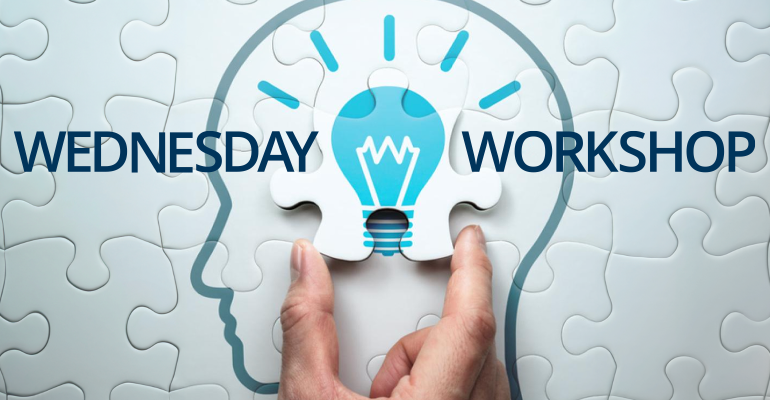According to a white paper from event-production firm Encore, even if attendees test extremely well for content absorption while at a meeting, more than half of their learning is lost two days after the conference, and as much as 90 percent is lost after just one week.
Titled “Help Participants Learn: Reinforce the Power of Programming Through Adult-Learning Strategies,” the report provides ideas for how meeting planners can present an event’s content at different times and in different ways to boost attendee retention.
Encore found that nearly 20 percent of corporate planners it recently surveyed expect to distribute more content before and after a meeting than ever before. But “when developing your content strategy, don’t feel as if you must reinvent the wheel by creating brand-new content for every touchpoint” because the meeting itself will provide plenty of material to work with if presentations, panel discussions, and Q&A sessions are recorded.
The area where planners have the most work to do around content is pre-meeting attendee communications. Citing a conclusion from psychologists that covering specific content three times over a period of weeks is enough to bring learner retention above 90 percent, the report offers this tip for making the first impression:
Introduce key topics and ideas before the meeting through articles, case studies, brief videos from executives or event presenters, or other means, accompanied by worksheets that guide participants to write down key points and submit any questions they want answered at the meeting. In total, this helps attendees form a baseline memory of the topic.
Then, at the meeting itself, planners should record as much content as possible as well as “choreograph how information will be presented and revealed in order to reinforce learning and test attendees at key moments. Also, integrate sensory-stimulating technology” such as LED walls and lighting and 3-D projection mapping to get attendees to remember the content in other ways.
Once the meeting ends, planners can upload recordings of critical sessions for on-demand viewing, but also have them edited down to brief videos that can be pushed out to all attendees in a series of post-event recaps. The report also notes that “every attendee question asked during a session can be turned into a micro-learning video or post-event blog.”
Lastly, post-meeting brainstorming sessions held in-person or virtually among small groups of attendees not only reinforces learning—it also helps attendees understand the different ways the knowledge can be put to use. It's one more exposure to the meeting’s content, and a potent one.





